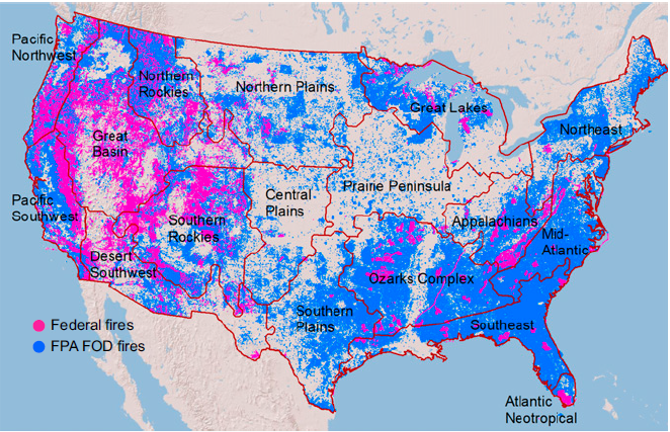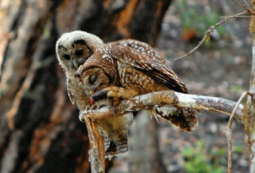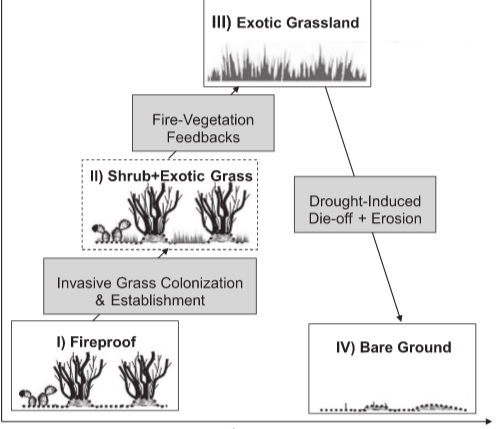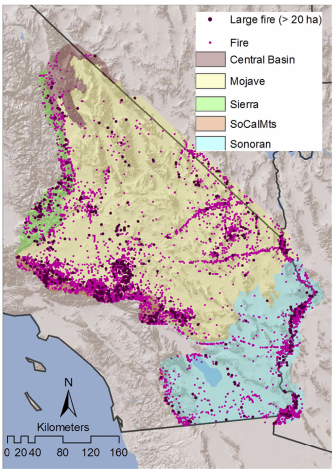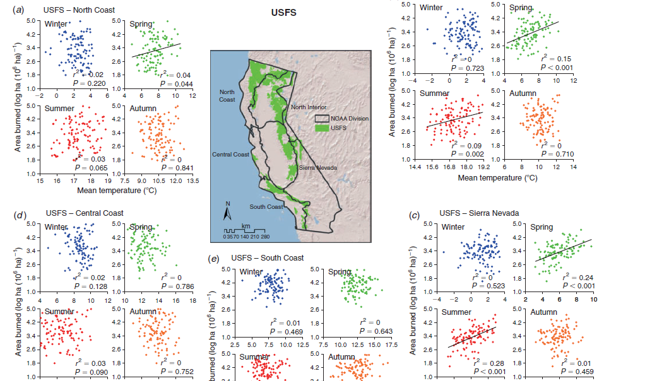World Plants Converged on “Smoke” Cued Germination: Research Brief
/Smoke cued germination occurs in an incredible diversity of plants in widely separated, fire-prone Mediterranean Climate Ecosystems around the world. This research suggests that convergent evolution might be the explanation.
Read More



